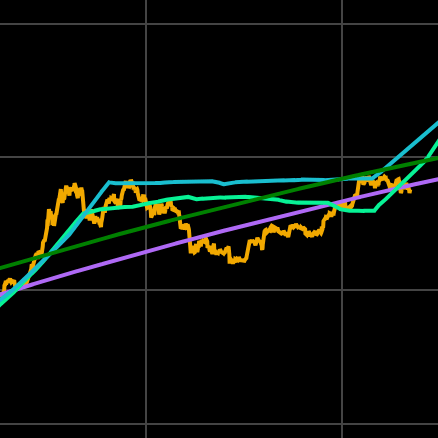
Key Takeaways
- Bitcoin Core introduces a comprehensive security disclosure policy.
- The policy categorizes vulnerabilities into four severity levels.
- Past CVE disclosures highlight the importance of timely updates.
A group of Bitcoin Core developers has introduced a comprehensive security disclosure policy aimed at addressing past issues in publicizing security-critical bugs. This new policy seeks to standardize the reporting and disclosing of vulnerabilities, thereby enhancing transparency and security within the Bitcoin ecosystem. Alongside the announcement, several previously undisclosed vulnerabilities were revealed.
What is a Security Disclosure?
Security disclosures are processes where security researchers report discovered vulnerabilities in software to the affected organization. This allows the organization to address these issues before they can be exploited by malicious actors. The process typically involves discovering the vulnerability, confidentially reporting it, verifying its existence, developing a fix, and then publicly disclosing the details and mitigation advice.
Should Users Be Worried?
The recent Bitcoin Core disclosures address various vulnerabilities, including denial-of-service (DoS) flaws, a remote code execution (RCE) flaw in the miniUPnPc library, transaction handling bugs, and network vulnerabilities like buffer blowup and timestamp overflow. These issues are not believed to present a critical risk to the Bitcoin network currently, but users are strongly encouraged to keep their software up to date.
Improving the Disclosure Process
Bitcoin Core’s new policy categorizes vulnerabilities into four severity levels: Low, Medium, High, and Critical:
- Low severity: Difficult to exploit or minimal impact. Disclosed two weeks after a fix is released.
- Medium and High severity: Significant impact or moderate ease of exploitation. Disclosed a year after the last affected release goes end-of-life (EOL).
- Critical severity: Threatens network integrity, such as inflation or coin theft. Handled with ad-hoc procedures.
History of CVE Disclosures in Bitcoin
Bitcoin has faced several significant security issues over the years, highlighting the need for vigilant security practices and timely updates. Notable examples include:
- CVE-2012-2459: A bug that could cause network problems by allowing attackers to create invalid blocks.
- CVE-2018-17144: A bug that could have allowed the creation of extra Bitcoins, violating the fixed supply principle.
- CVE-2013-2292 and CVE-2017-12842: Other vulnerabilities that underscore the importance of coordinated updates.
This new policy aims to ensure that updates are well-communicated and managed responsibly, balancing the need for security with the stability of Bitcoin’s core protocol.




